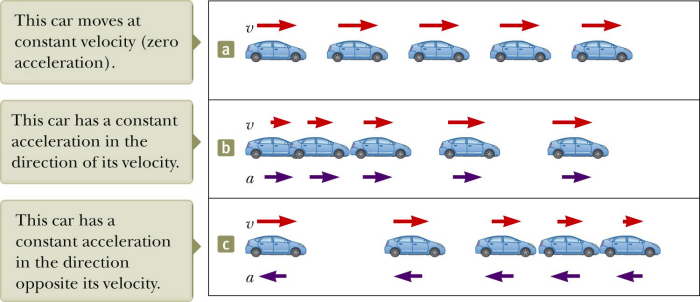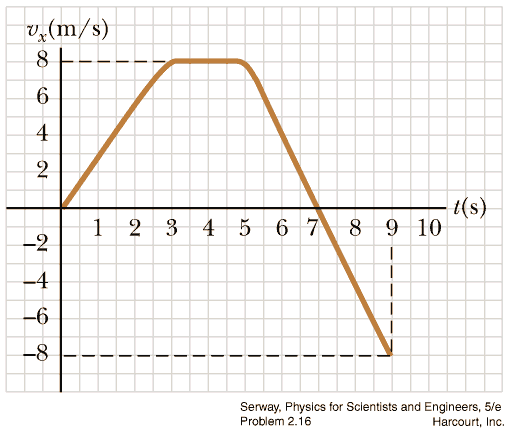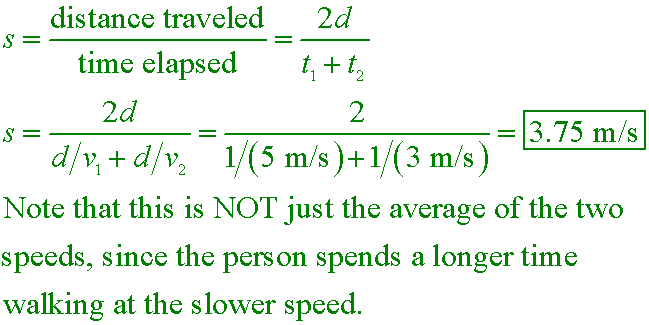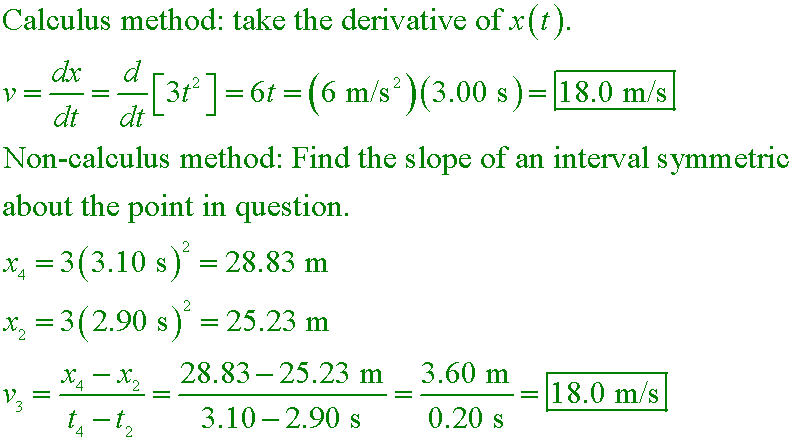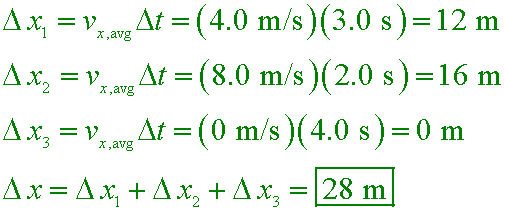Chapter 2
Example #2 |
 Jamaica's Usain Bolt cruises to the finish of the 100-meter final in Berlin, Germany, August 16, 2009. He set the world record after completing the race in 9.58 seconds. |
Flash applets have been disabled as of January 12,2021. Unfortunately, most of the applets I feature in the lecture videos are Flash applets, and you won't be able to run any of them. I do not yet have access to an equivalent set of applets coded in HTML5. I have found a large set of physics applets in HTML5 from Boston University, however, and I plan to include some of these in these lecture outlines. Try the following two:
This applet shows all three graphs for a ball in freefall. Press "pause" to stop the annoying repeat. Try clicking on the "Launch up at 20 m/s" button to see a more complex example of freefall motion.
This applet shows all three graphs for a ball in freefall at first and then accelerated upward by a rocket engine. Notice the value of the acceleration changes halfway through the motion.
- definition
- graphs
- graphing applet (conceptual)
- graphing applet (numerical) Example #4
- graph matching quiz
This is a graph matching applet, but it works differently than the one linked above. Here you should first click on one of the ten graph buttons at the bottom. Then examine the provided graph and try to glean information about the object's initial position, initial velocity, and acceleration. Set the three blue sliders accordingly and press "play". If you figured it out correctly, the red graph will match the given one. For instance, if you click on the "Graph 7" button you can see the object begins with a velocity of −5 m/s, and its acceleration is the slope of the graph (+0.5 m/s²). If you dial those values into the sliders you'll see the red graph matches the green one. The applet also displays a motion diagram for your reference.
